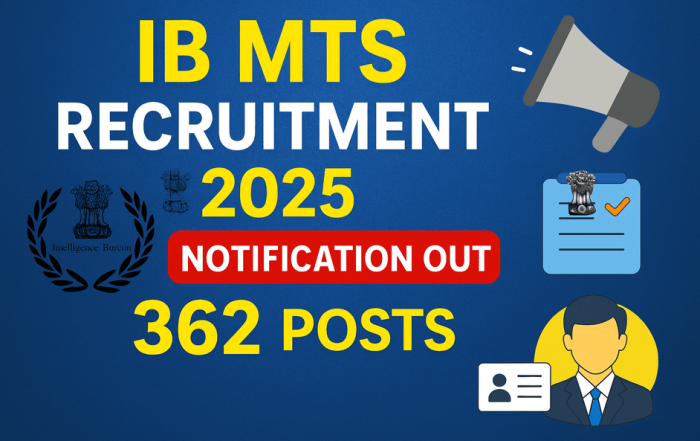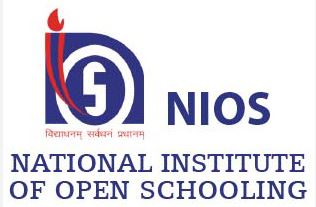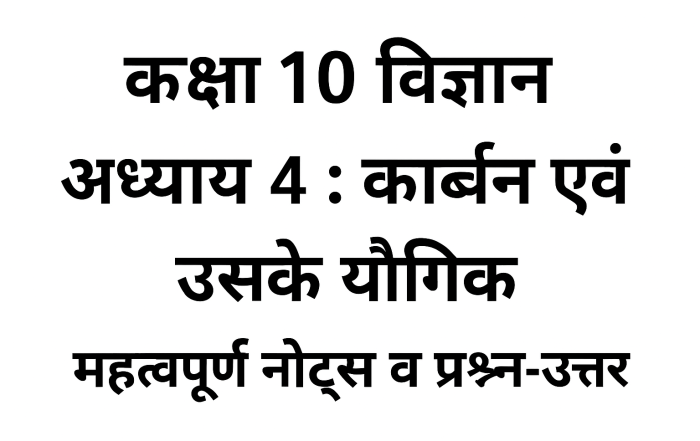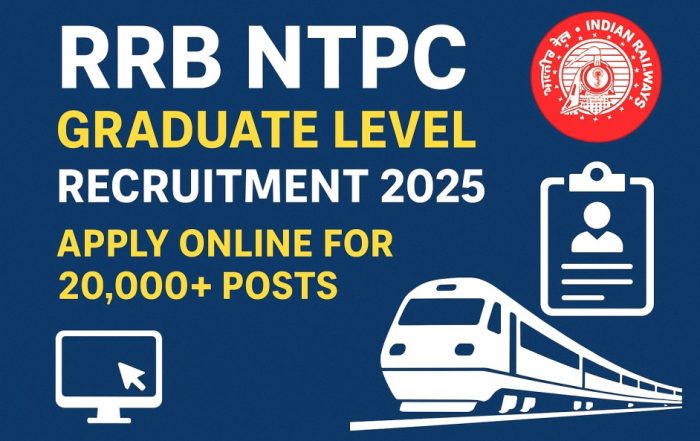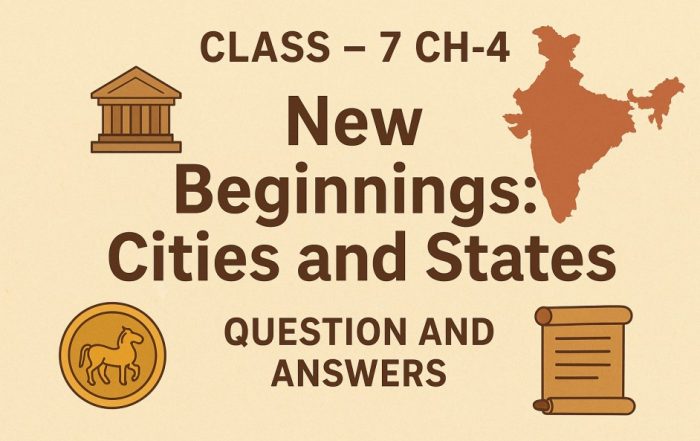RECENT POSTS
IB MTS 2025: Apply Online for 362 New Vacancies
IB MTS Recruitment 2025: Notification Out for 362 Posts 📢 The Intelligence Bureau (IB) under the Ministry of Home Affairs (MHA) has released the official notification for IB MTS Recruitment 2025. This year, the department [...]
NIOS Revised Exam Schedule 2025: Updated Dates for Class 10 & 12 After Postponement
NIOS Revised Exam Schedule 2025: Updated Dates for Class 10 & 12 After Postponement The National Institute of Open Schooling (NIOS) has officially revised the exam timetable for its Secondary (Class 10) and Senior Secondary [...]
कक्षा 10 विज्ञान अध्याय 4: कार्बन एवं उसके यौगिक – महत्वपूर्ण नोट्स व प्रश्न-उत्तर
कक्षा 10 विज्ञान अध्याय 4: कार्बन एवं उसके यौगिक – महत्वपूर्ण नोट्स व प्रश्न-उत्तर कार्बन का सामान्य परिचय 1.हीरा ➠इसमें प्रत्येक कार्बन परमाणु कार्बन के अन्य चार परमाणुओं से जुड़कर एक कठोर त्रि-विमीय संरचना बनाता [...]
RRB NTPC Graduate Level Recruitment 2025 – Apply Online for 20,000+ Posts
RRB NTPC Graduate Level Recruitment 2025 – Apply Online for 20,000+ Posts 🚆✨ RRB has released the short notification for RRB NTPC Graduate Level Recruitment 2025 for more than 20,000 vacancies across India. Eligible candidates [...]
Class 7 – Chapter 4: New Beginnings – Cities and States (Questions and Answers)
CLASS – 7 CH-4 : New Beginnings : Cities and States Question and Answers Ancient India witnessed the rise of early cities, powerful states, and new forms of governance.This chapter explains how kingdoms expanded, how [...]
KVS NVS Recruitment 2025 – Apply for 14,967 Posts
KVS NVS Recruitment 2025 – Apply for 14,967 Posts ✨ Kendriya Vidyalaya Sangathan (KVS) and Navodaya Vidyalaya Sangathan (NVS) have announced the KVS NVS Recruitment 2025 for a total of 14,967 teaching and non-teaching vacancies. [...]
Climate of India Class 7 Chapter 3 : Notes, Q&A and Activities
Class 7 Geography Chapter 3: Climate of India – Notes, Q&A & Activities 🌦️ India has a wide range of climates — from the icy mountains of Leh to the warm coasts of Chennai. Below [...]
NCERT Solutions For Class 7 Social Science Chapter 1 – Geographical Diversity of India
🌏 Geographical Diversity of India – Class 7 Chapter 1 Questions and Answers India is known for its breathtaking geographical diversity — from ❄️ snow-covered mountains to 🌴 lush plains and 🏖️ coastal beauty. Let’s [...]
Understanding the Weather – Class 7 chapter 2 Geography
🌦️ Understanding the Weather – Class 7 chapter 2 Geography When we look up at the sky, sometimes we see bright sunshine, sometimes dark clouds, and at other times we hear the sound of thunder. [...]
कक्षा 10 विज्ञान अध्याय 1 – रासायनिक अभिक्रियाएँ एवं समीकरण | महत्वपूर्ण प्रश्न उत्तर सहित
कक्षा 10 विज्ञान अध्याय 1 – रासायनिक अभिक्रियाएँ एवं समीकरण | अभ्यास प्रश्न उत्तर सहित इस अध्याय में हम रासायनिक अभिक्रियाओं और समीकरणों से जुड़े महत्वपूर्ण प्रश्नों और उनके उत्तरों पर चर्चा करेंगे। प्रश्न 1. [...]

